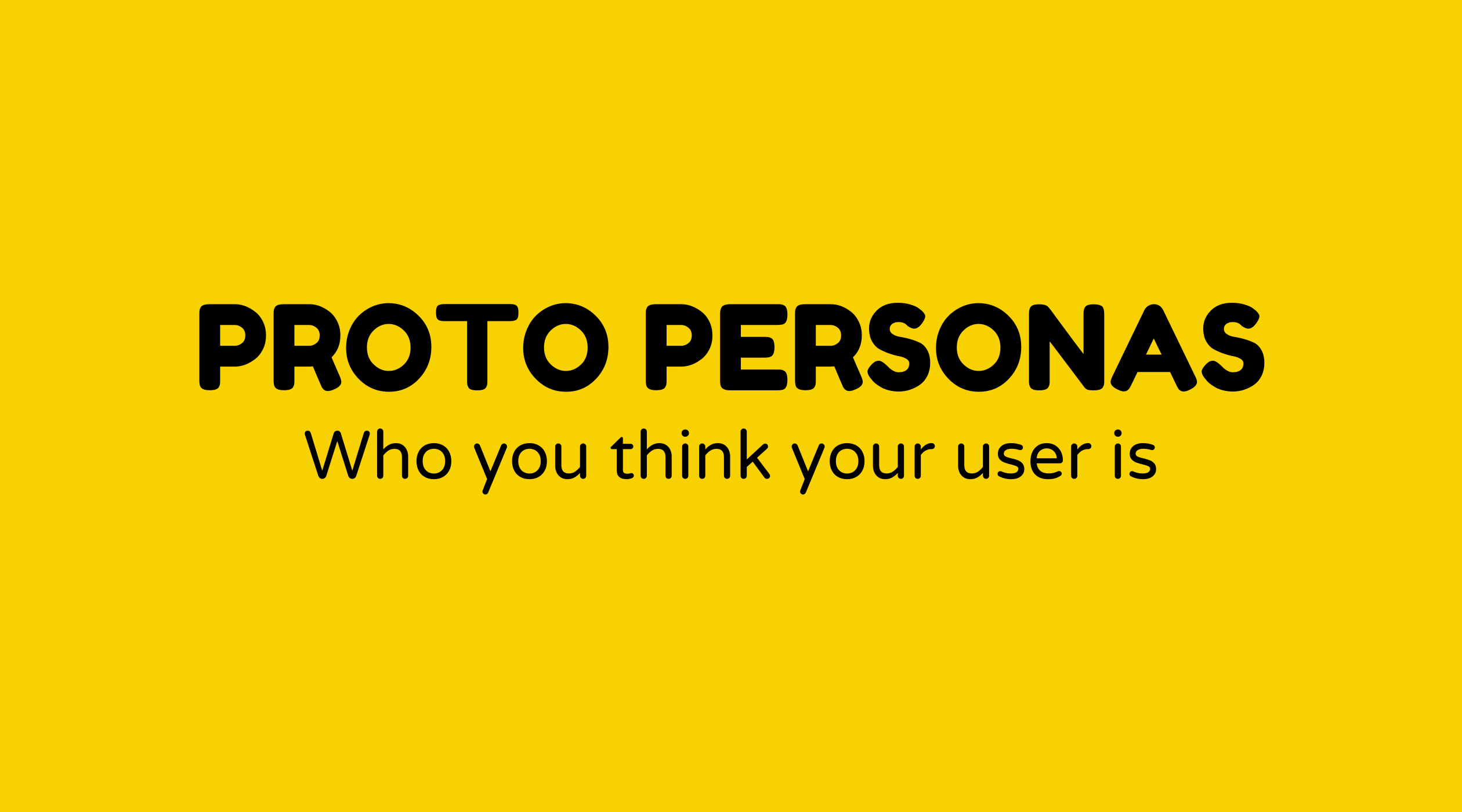Proto-personas

Overview of Proto-Personas
Have you ever sensed that marketing often involves a bit too much guesswork? That’s where proto-personas come into play. They're a practical way to place development in the perspective of your audience, using a quick sketch instead of a comprehensive character study.
Although they may not be as detailed as traditional personas, proto-personas provide an efficient and flexible method to gather insights about potential users. Their primary purpose? To connect your product with the actual people who will use it.
Why Proto-Personas Matter
In the fast-moving environment of product development, taking weeks or months to create fully defined personas can feel like a luxury. Nevertheless, understanding your audience shouldn't be postponed. Proto-personas offer a nimble solution by allowing teams to make informed assumptions about users and initiate the design process immediately.
These proto-personas help unify team members on their perception of the user, minimize subjective opinions, and clarify user needs and goals from the outset. By ensuring everyone is aligned early on, teams can iterate efficiently and adjust based on evolving insights.
For more on the importance of understanding users, check out this YouTube video on building empathy in design.
What are Proto-Personas?
Proto-personas are initial, hypothesis-driven snapshots of user profiles. Unlike traditional personas, they're often rooted in assumptions and existing knowledge rather than extensive research. They represent user roles, needs, behaviors, and goals, providing a launching point for ideation and additional research.
These personas typically encompass basic demographic information and include imaginary names, goals, and challenges. They are the MVP (Minimum Viable Product) concerning personas, designed for easy revision and adaptation as new information is gathered.
How do you create Proto-Personas?
Creating proto-personas doesn't have to be a daunting task. Here's a streamlined approach:
- Gather Your Team: Include various perspectives from different departments.
- Identify Assumptions: What beliefs do you hold about your users? Engage the team in brainstorming sessions.
- Craft Snapshots: Use your assumptions to build initial profiles. Include demographics, user goals, behaviors, and challenges.
- Visualize: Present these in a simple visual format. A name, picture, and a few descriptive bullet points can suffice.
- Validate and Refine: Use real-world data to verify your assumptions. Be prepared to adjust and enhance them.
Examples of Proto-Personas
Let’s consider you're designing an app for cooking enthusiasts. Here are a couple of proto-personas:
-
Patty the Part-Time Cook
- Demographics: 35-year-old working mom, suburban resident
- Goals: Quick, healthy meals for her family
- Behaviors: Uses recipe apps occasionally, typical weeknight cook
- Challenges: Limited time, picky eaters
-
Fred the Foodie
- Demographics: 28-year-old single man, urban apartment occupant
- Goals: Experimenting with new cuisines and techniques
- Behaviors: Regularly reads food blogs, enjoys ordering special ingredients
- Challenges: Limited kitchen space, managing a budget
By starting with these proto-personas, the product team can tailor features and conduct additional research to refine these user types.
FAQs
How detailed should proto-personas be?
- Keep it straightforward. Proto-personas are intended to serve as rapid drafts that can be easily updated as more user data is gathered.
What’s the difference between proto-personas and traditional personas?
- Proto-personas are built on assumptions and existing knowledge, while traditional personas stem from thorough research and data analysis.
Can proto-personas evolve into traditional personas?
- Certainly! Proto-personas are the initial step in grasping user needs. As you gather more data, they can be expanded into traditional personas.
Who should be involved in creating proto-personas?
- Involve a cross-section of your team, including marketing, design, development, and customer-facing roles to obtain a comprehensive view of the user.
How do I validate a proto-persona?
- Conduct user research such as surveys, interviews, and usability testing to compare real data to your initial assumptions.
What tools can I use to create proto-personas?
- Utilize collaborative tools like Miro, or even Excel sheets and basic design software to construct and visualize proto-personas.
For further reading on the subject, consider looking at articles from the Nielsen Norman Group or visit Interaction Design Foundation to deepen your understanding of user behavior and personas.



